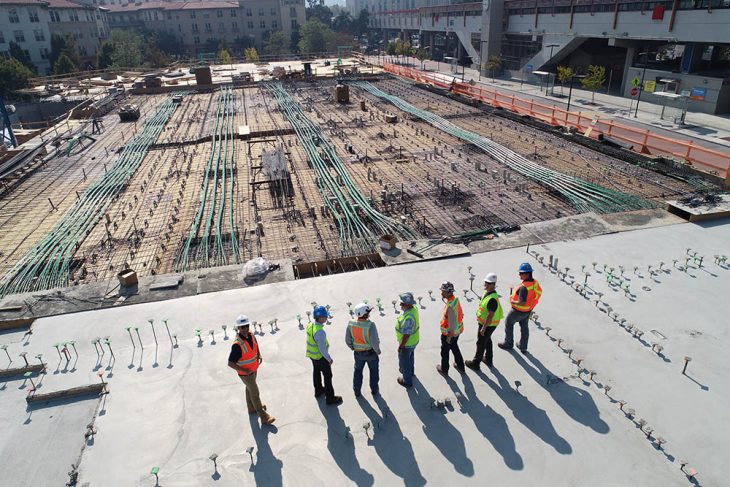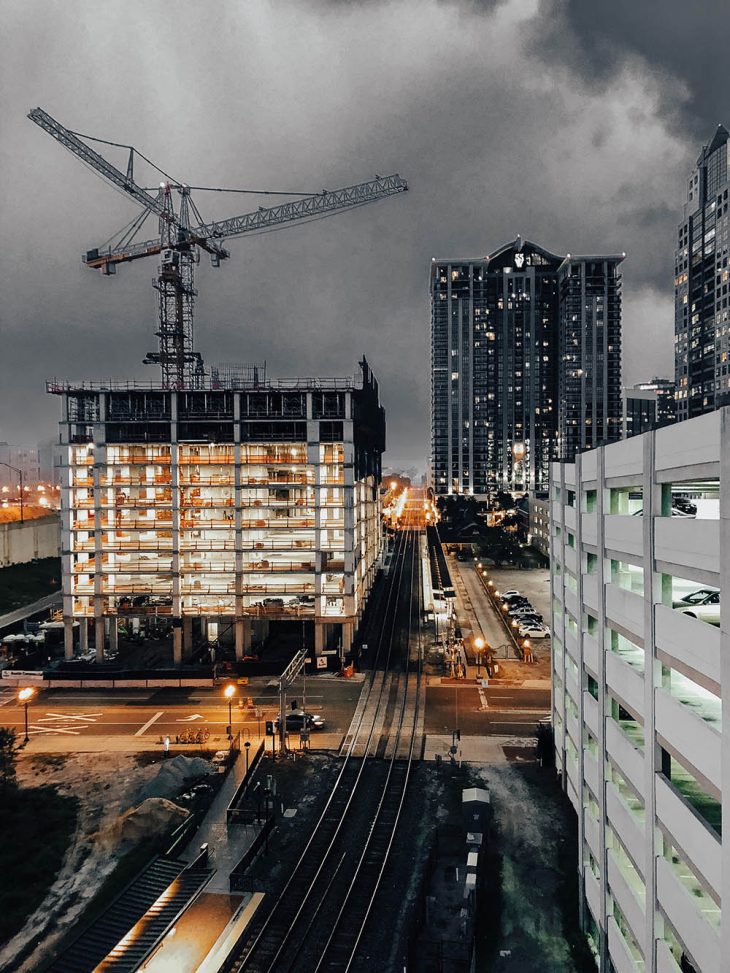
The construction industry is one of the most important industries you’ll find anywhere in the world— but it’s also one of the most dangerous industries to work in. Construction workers are at risk almost every day of falling from a height, being struck by falling objects, being struck by machinery, being electrocuted, and also developing certain illnesses from inhaling toxic chemicals.
Because of new technologies, construction work isn’t as dangerous as it was a century ago, and even a decade ago. Still, technology alone isn’t going to be enough to keep construction workers safe. Here are some ways (technology included) that construction managers can help keep their staff safe.
#1: Take the Time to do Risk Assessments
In all high-risk occupations, risk assessment and management plans are necessary. This is the process of breaking down a complete project into smaller tasks, and then evaluating the possible and definite risks associated with each task. By doing this, all potential risks are accounted for and safety plans can be put in place.
#2: Train and Retrain
Construction and contracting programs do a great job of training future construction workers, but that doesn’t mean that they shouldn’t be trained once hired by a construction company. Job training is an important step in the hiring process— especially in the construction industry. Thoroughly train newly hired employees on safety procedures and other protocols, and seasoned employees should also have additional training regularly. Part of training should also include the correct way to use certain equipment and when, and also have to properly wear PPE.
#3: PPE and Wearables
All construction workers need their basic PPE (personal protective equipment), but they can also benefit from new construction technologies (wearables) that can also help protect them. Some of the basic PPE are:
- Hard hats
- Safety goggles
- Earplugs
- Face masks
- Gloves
- Steel-toed, slip-resistant boots
When it comes to wearable technology, some common forms are sensors that can detect when a worker is too close to an edge, and also vital monitoring devices that alert management when a worker is dehydrated, experiencing a rapid heartbeat, etc.
#4: Inspect All Equipment Often
Whether it’s machines, tools, or PPE, it’s essential that all workers inspect their equipment regularly. Nothing lasts forever— especially in the construction industry where equipment is constantly being used and often in a rough manner. Even top-of-the-line equipment will wear out eventually, and the equipment is no longer safe to use at that point. Check for broken and missing parts, and faults in general.

#5: Inspect the Construction Site and Keep It Clean
In addition to inspecting equipment, the construction site itself should also be inspected. Various types of dangers lurk around a construction site— things that are even dangerous to experienced construction workers. Some of these dangers can be:
- Live wires, resulting in electrocutions
- Unstable ground, resulting in structure collapses and falls
- Toxic chemicals, which can result in explosions
On top of these dangers, there are other basic hazards that can result in serious injuries. Tools, materials, and other equipment can be scattered around the work site, and there’s also a chance of spills. All of these contribute to slips, trips, and falls— which are the most common injuries found on a construction site.
#6: Use Time Tracking Tools
Construction managers have a lot of responsibility when it comes to employee safety. Not only do they need to ensure that the work site is safe, but they also need to ensure that their employees are working safely. One way to do this is to use an employee time tracking tool with GPS. This way, if an employee is injured on the job, the manager will know exactly where they were and what they were doing at the time of the accident. This information can be used to improve safety protocols and make sure that similar accidents don’t happen in the future. GPS time tracking also has the added benefit of allowing construction managers to see which employees are working efficiently and which ones are wasting time. As a result, it’s a valuable tool for keeping employees safe and improving project productivity.
#7: Report All Hazards and Unsafe Behaviors
We all have a tendency to get complacent with our work, especially if we’ve been doing it for a long time. Unfortunately this can lead to careless mistakes— even accidents in the construction industry. This is why not only should workers report hazards such as spills and broken equipment, but they should also speak up when they see a colleague engaging in unsafe behaviors.
#8: Work Together as a Team
The safety of construction workers is the responsibility of everyone involved in the project, from managers and laborers— even architects and designers. Everyone can do their part to make the construction site safer by following the first six suggestions. Injured construction workers affect the whole team, so it’s up to everyone involved to help keep them safe.
Construction managers should also remind their workers that it’s also their responsibility to work in a safe manner. All of these tips work best when everyone understands the role they play in making sure all workers are kept safe. Unfortunately construction injuries and fatalities have been increasing in recent years. However, with more people following these tips, these numbers can decrease in the coming years.



